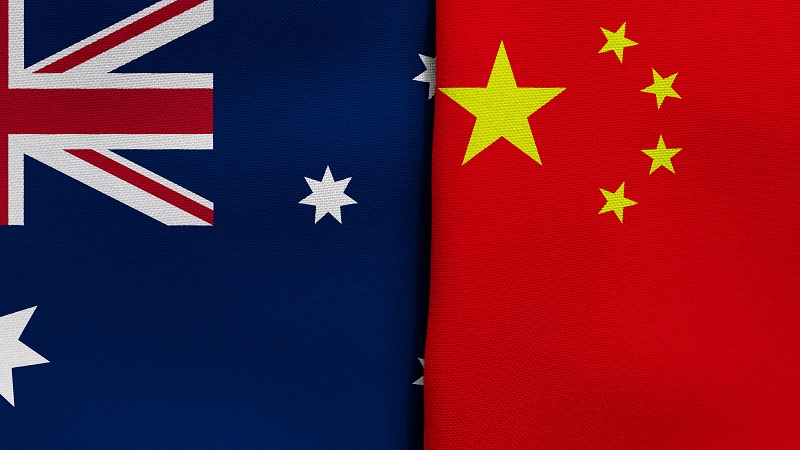Despite differences, there are many areas the two countries' interests align
December 23 2022

Note: This article appeared in the Global Times on December 23 2022.
Last month's meeting between Australian Prime Minister Anthony Albanese and Chinese President Xi Jinping meant that an optimistic note can now be struck on December 21, the 50th anniversary of the establishment of diplomatic ties between the two countries. It was the first formal meeting of leaders in more than six years.
Yet blockages to greater mutual benefit remain in place. And in a relationship as large and complex as that between Australia and China, new garden-variety irritants will inevitably emerge.
Beyond this, a more industrial-sized challenge for both capitals is to arrive at a new understanding around the US.
It was, after all, such an understanding between former leaders, John Howard and Jiang Zemin, in 1996, that turned the corner on an earlier period of tension.
Howard told Jiang that while Australia would remain an unapologetic US ally, the purpose of the security pact with Washington was ‘not in any way directed against China’. It was an arrangement that Beijing could live with.
But this understanding has broken down and mutual distrust now runs deep.
Many in Beijing see the AUKUS technology-sharing partnership as confirmation that Canberra has turned its back on the Howard-Jiang understanding and embraces lining up with Washington to contain China.
Meanwhile, in Canberra the consensus is that ‘China has changed’. Reflecting on Jiang's passing earlier this month, Howard himself contended, ‘It's different now’. In Australia's capital AUKUS is no doubt seen as significant development but also fundamentally a continuation of a long-standing and prudent balancing strategy. Indeed, by assuaging security concerns, AUKUS provides Australia with the confidence needed to maintain a position of welcoming China's rise.
So, what might a new Australia-China understanding around the US look like?
First, it would start with grounded expectations.
The reality is that Australia sees its interests served by the US playing a more prominent role in determining the regional order than China would like. This locks in a degree of mutual tension.
Both sides need to recognise and accept this difference as legitimate. To that end, in a webinar hosted by the Australia-China Relations Institute at the University of Technology Sydney last week, it was pleasing to hear Madame Fu Ying, a towering figure in Chinese diplomacy, emphasise that, ‘China has no intention to force Australia to choose against any other country’.
Second, bad faith characterisations should be avoided.
For example, Beijing could still register objections to Australia seeking access to US nuclear-propelled submarine technology without claiming that Canberra desires nuclear weapons.
Third, consistency in international dealings must be demonstrated.
In 2016, Canberra led calls for China to abide by an unfavourable arbitration decision on its island-building activities in the South China Sea. The justification was that this call was part of a principled commitment to defending the 'rules-based order' and a world where might does not make right. But Canberra cannot then be silent on US belligerence towards that same order, such as the Biden's administration's statement earlier this week that it has no intention of bringing itself into compliance with rulings by the World Trade Organization (WTO).
And if AUKUS and other arrangements such as the Quad are indeed just prudent balancing measures, then Canberra cannot at the same time join efforts by Washington aimed at China's containment, such as cutting it off from the critical mineral supply chains that Australian miners and processors currently feed into.
Similarly, in the absence of a favourable WTO ruling, Beijing cannot maintain disruptive trade measures that single out Australian exporters. And in the absence of clear evidence of criminality, it is time for detained Australians like the journalist Cheng Lei to be released.
These second and third steps will allow the re-establishment of a minimum level of trust.
Finally, to move beyond this minimum level, new cooperative endeavours - with or without US involvement - need to be unfurled. Australia opening a discussion with China on joining the CPTPP trade pact is just one possibility.
At the UTS:ACRI webinar, Australia's ambassador to China, Graham Fletcher, spelt out a long list of topics he was keen to start discussing with Chinese interlocutors. The fact this list was long makes the point: for all the differences, there are still plenty of areas where the two countries' interests align.
Professor James Laurenceson is Director of the Australia-China Relations Institute at the University of Technology Sydney.

